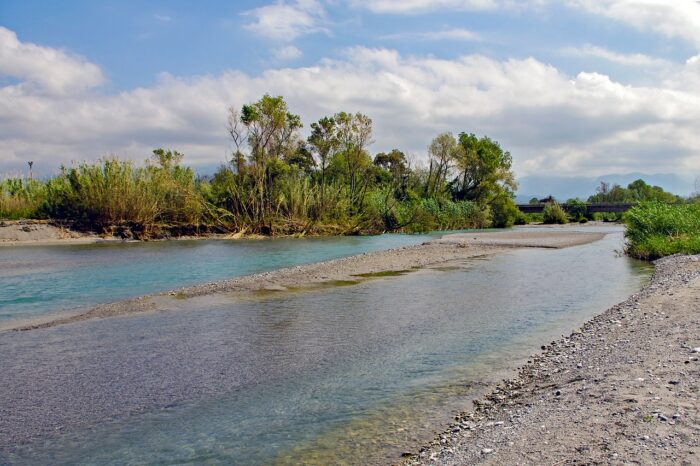NEARBY
CAVRIANA
Situated in the splendid Morenic hills of the upper Mantuan area, a few kilometres south of Lake Garda, lies the ancient village of Cavriana. A town of about 3650 inhabitants surrounded by green woods and cultivated fields, at an altitude of 170 meters above sea level, Cavriana is an ideal destination for those who, a few steps from Lake Garda, seek the tranquillity and serenity that only nature can transmit.
Capriana, as it was once called, has very ancient origins dating back to the Neolithic age; in fact, numerous are the finds discovered in the area such as pile-dwellings, pirogues, tools and jewellery, today carefully preserved in the Museo Archeologico dell’Alto Mantovano (Upper Mantuan Archaeological Museum) located in the centre of the town at Villa Mirra.
On the second Sunday in July, there is a famous parade in medieval costume called the “Palio della capra d’oro” (Palio of the Golden Goat), where the districts compete in the characteristic goat race.
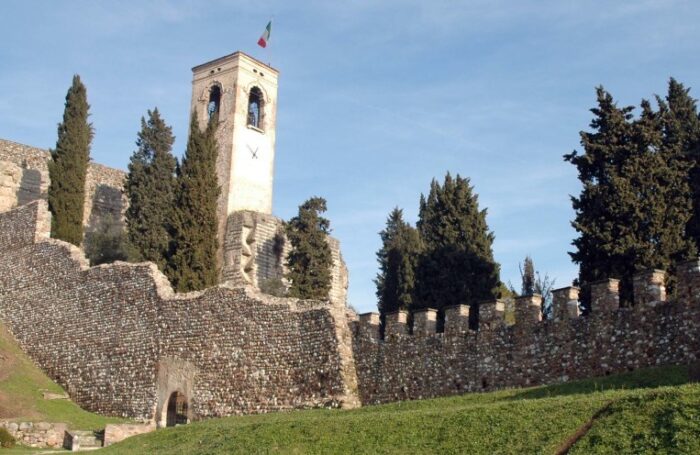
NEARBY
LAKE GARDA
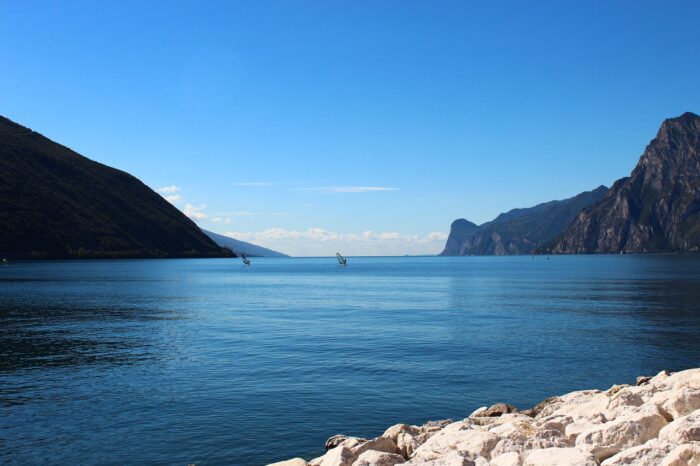
A few kilometres from the peaceful Cavriana, tourists can find characteristic lakeside towns to visit: Desenzano, Sirmione, Peschiera del Garda, Lazise, Bardolino and all kinds of entertainment and fun.
In addition to the many discos in the area, we recommend:
» Thermal baths of Colà
» Acquaria thermal centre in Sirmione
» Park Natura Viva Zoo Safari in Pastrengo (VR)
» Gardaland amusement park
» Caneva World aquatic park
» Malcesine and Montebaldo cableway
NEARBY
CASTELLARO LAGUSELLO – MONZAMBANO
The territory of Monzambano lies between the peaceful waters of the river Mincio and the Morainic Hills of Pille, Olfino and Castellaro Lagusello.
In addition to its historical value, the town also stands out for the natural beauty of its rural landscapes.
In fact, you can find yourself in fantastic glimpses of unspoilt nature, or restore yourself in the shade of the area's vineyards, sipping a good glass of wine.
Not to be missed is a visit to Castellaro Lagusello, a small medieval village considered, with its “heart-shaped Lagusello”, to be one of the most original in Italy and included in the specialised tourist guides of the “most beautiful villages in Italy”.
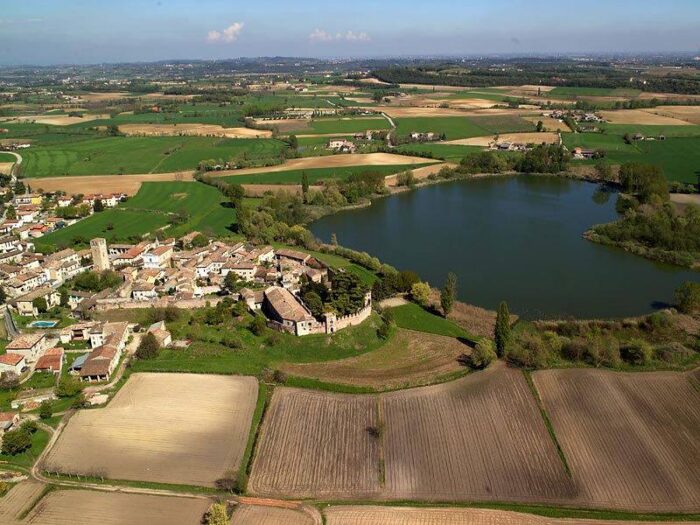
NEARBY
SOLFERINO
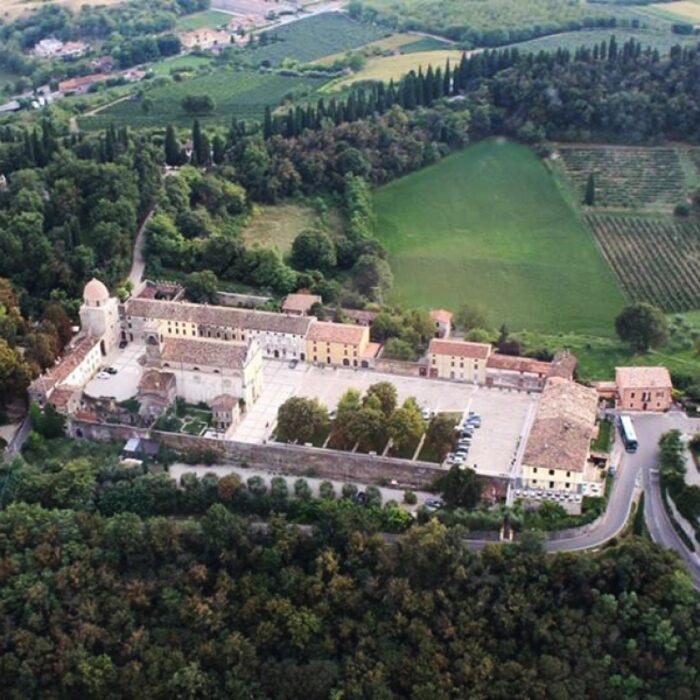
Solferino stands on a spectacular hilly area. Here, the fortress is the first Risorgimento testimony to the history of this town.
Solferino can offer tourists relaxing days, excursions in its luxuriant nature, without neglecting culture; of particular importance are both the Gonzaga fortifications and the places that were the protagonists of the bitter battles that started the process of Italian unification and independence.
The Risorgimento Museum, the Church-Ossuary of St. Peter and the Church of the Immaculate Conception, where a wooden statue of the Virgin and Child is kept, are all worth visiting. Not to be forgotten is the monument dedicated to the International Red Cross: this is where the founder, Henry Dunant, collected testimonies of solidarity.
Every year on 24 th of June, the battle of Solferino/St. Martin is commemorated with various events and the International Red Cross torchlight procession attended by representatives of the International Red Cross delegations from all over the world.
NEARBY
PARK OF THE MINCIO
The lakeside promenades in front of the vast Gonzaga palace have been transformed into green areas with refreshment areas and a cycle/pedestrian path leading to the village of Lunetta, Cittadella (where the Mantova-Peschiera road begins) and Angeli in the direction of Grazie and Rivalta with its Park Centre and adjoining ethnological museum, in the heart of the Mincio valleys.
The shores of Lake Superiore, di Mezzo and Inferiore are home to the berths of shipping companies with which to make evocative excursions and reach areas of great natural interest and art treasures in the lakeside towns encountered during the journey.
From the Valletta di Belfiore on Lake Superiore, with its green gardens behind the city, the shore offers the first glimpse of the “Natural Reserve of Valli del Mincio&” a wetland of international importance. The Mincio between Rivalta and Borgo delle Grazie, just before reaching Mantua where it widens to embrace the entire city, divides into a thousand branches forming a naturalistic enchantment of marshes and spontaneous reeds. It is the kingdom of herons, little egrets, bitterns, grebes and marsh harriers, as well as a feeding and often breeding ground for hundreds of animal species. In order to encounter them in the lush aquatic vegetation of hibiscus, sedge, yellow water-lily, white water-lily and lotus blossom with their extensive and spectacular blooms in July and August, we recommend
the excursions proposed in the “Waterways”section.
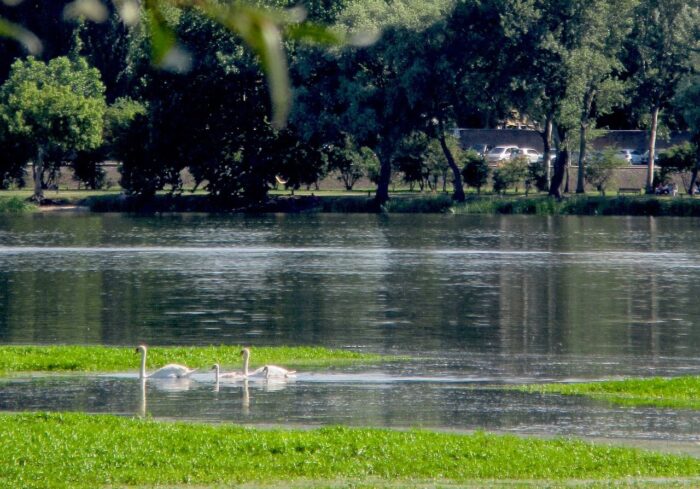
NEARBY
BETWEEN THE MINCIO AND PO RIVERS
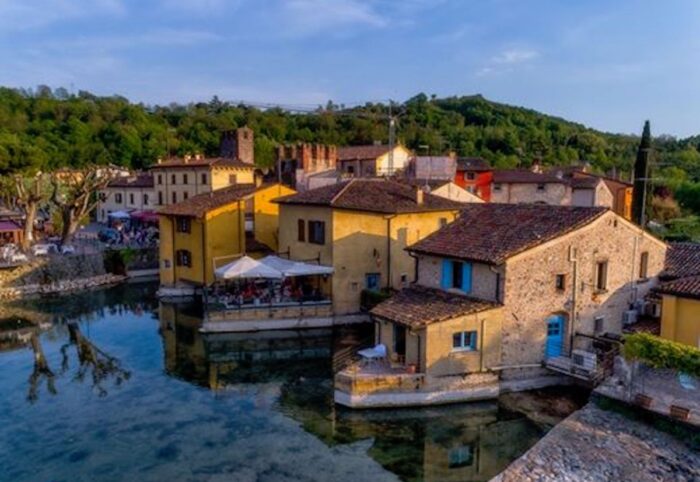
South of the city, you flank the Bosco Virgiliano on the right. We climb up the embankment to descend to the floodplain before Forte di Pietole. After crossing the Paiolo canal, trace of the fourth lake that completed the circle of water around Mantua, we reach Pietole, near which stood the ancient Andes where eminent scholars claim the poet Virgil was born. We continue by taking the first asphalt road on the left that leads to Bagnolo San Vito and from
there, going up the embankment, to Governolo.
The buildings that made Governolo a fortress in the regulation of the waters that surrounded Mantua as early as 1198 are interesting. Then take the road to Castelletto Borgo, discovering in the possible detours ancient manor villas of absolute importance, and continue on to Cadé, Stradella and Fossamana. After crossing the busy road to Porto Mantovano, continue over the Mincio Diversivo canal. Take the cycle path to the main town and, having reached the Rocchetta di Sparafucile, just before the Ponte di San Giorgio, you can enjoy one of the most beautiful and evocative views of the city.
NEARBY
BETWEEN THE PO AND THE OGLIO
Take the bicycle path from Palazzo Tè in the direction of St. Sylvester. Once on the Circonvallazione Sud (southern ring road), having left two roundabouts on the left, at the traffic lights, take the cycle track from the Capilupia road to the St. Sylvester cemetery.
Beyond the crossroads, we enter a winding little road that leads between the fields at Buscoldo and Ronchi, crossing the Mincio riverbed at Serraglio. We reach Cesole, where we turn left to climb the embankment of the Oglio. The view of the river at Torre d’Oglio with its characteristic pontoon bridge is superb. It is easy to see flocks of ducks flying overhead, countless grey herons returning in the evening to their roosts in the large and dense surrounding poplar groves, and the rarer little egrets that motionless ambushes.
Following the left bank of the river, without crossing the bridge, we pass Scorzarolo.
Shortly before, the Oglio flows into the Po, granting glimpses of remarkable charm. The road, well surfaced but with little traffic, leads to Borgoforte, with the remains of its fortifications revealing its immemorial strategic vocation. Passing through Bagnolo San Vito, through Motteggiana and San Benedetto Po we reach Boccadiganda. From here, descending in the direction of St. Cataldo and Cappelletta, you arrive at Levata and St. Sylvester, to rejoin the cycle path to Mantua.
